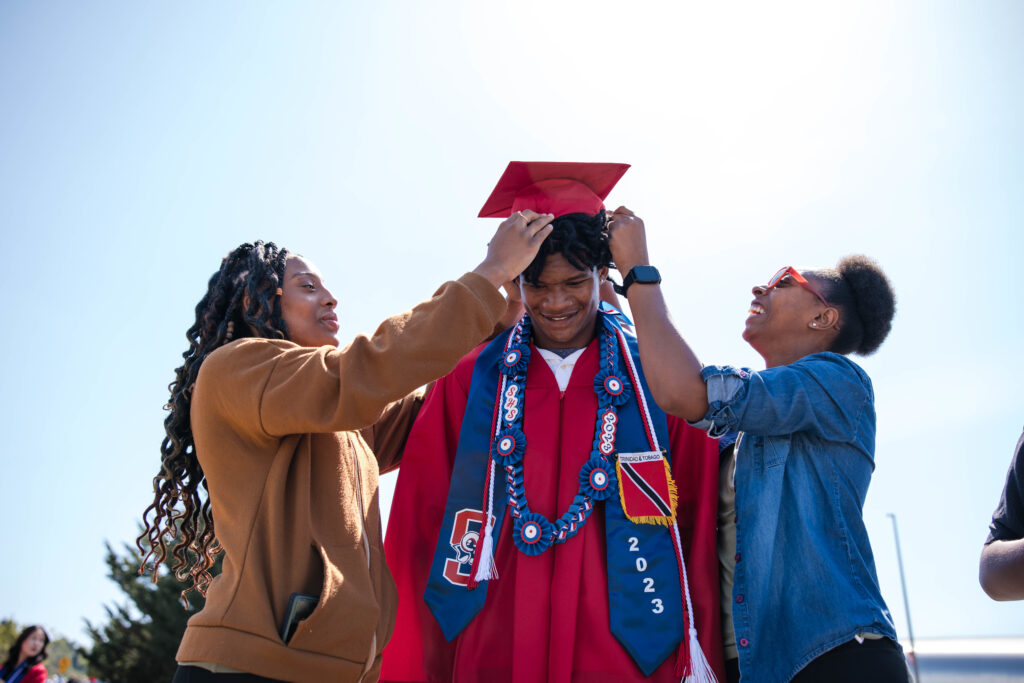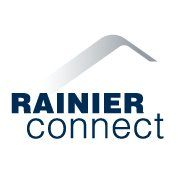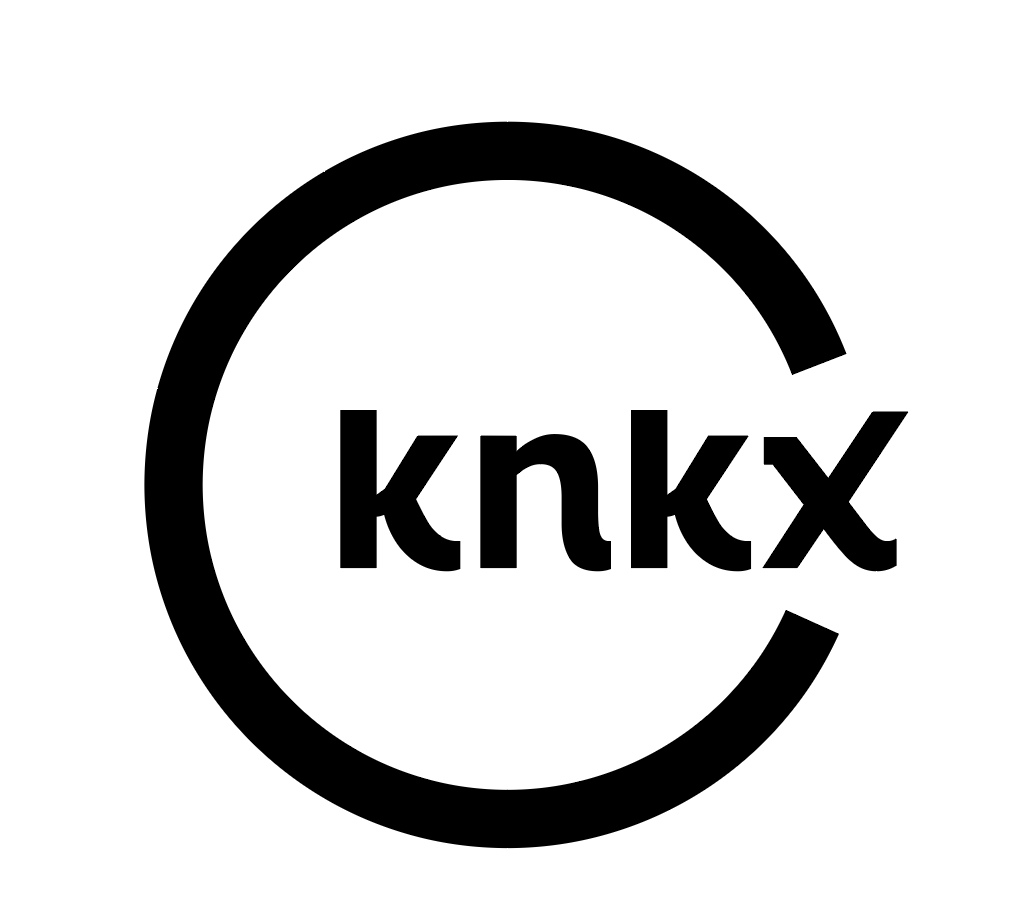The Washington Student Achievement Council (WSAC) reports a notable decline in student enrollment at public colleges in our state from the fall of 2019 to 2022. Community and technical colleges experienced a significant 25% drop in enrollment rates, while public four-year institutions saw a 10% decrease in undergraduate enrollment. Importantly, this decline reflects a nationwide trend in enrollment and does not stem from a generalized ‘lack of faith’ in higher education. Contrary to this perception, research consistently demonstrates that a substantial majority of high school students still aspire to pursue some form of postsecondary education.
Understanding the broader implications of these enrollment trends and the evolving landscape of higher education in our state is critical. In this blog, we outline our recommendations to address these challenges and offer actionable strategies for navigating the shifts in postsecondary enrollment rates. Our goal is to ensure a response that is not just effective, but also attuned to the diverse needs of both students and institutions.
Aligning Education with Economic Needs
One of the factors for declining enrollment is the decline in the number of college-aged students (18-24-year-olds), which peaked in 2013 and has been on a downward slope for the last ten years. At the same time, the demand for employees across various job sectors continues to grow steadily. While this scenario isn’t new, the pandemic has significantly disrupted many aspects of daily life, leading Americans to reassess their priorities in this changed world.
Workforce entities seeking candidates for entry-level positions are increasingly eliminating formal degree requirements, opting instead for skills-based criteria. Consequently, high school graduates now face a broader range of pathways than ever before. This expanded freedom presents diverse opportunities for young adults; however, it also prompts a significant decision: the immediate financial benefit of employment versus the long-term investment in higher education.
This interplay of demographic shifts and evolving perceptions of the value of postsecondary education poses a significant challenge for the business models of colleges and universities. As the perception of college as the sole path to economic and social mobility erodes, there is, however, cause for optimism – opening doors to the ways we can improve the tangible and perceived value of higher education.
In today’s dynamic economy, higher education must offer more compelling incentives to justify the investment in a postsecondary credential. Washington’s higher education sector is ready to meet this challenge. Our state boasts a diverse landscape of colleges and universities that offer robust access and affordability to programs.
For example, the Washington College Grant guarantees up to 100% free tuition at any higher education institution or job training program. Additionally, the Washington Guaranteed Admissions Program allows any high school graduate with a GPA of 3.0 or higher to enroll in most of our public four-year universities.
Washington already has a strong foundation for postsecondary education, serving as a model for other states. By implementing innovative policies and encouraging individual and collaborative efforts among colleges and universities, we can address the concerns about the long-term earnings and potential benefits for prospective students. This requires us to focus on developing strategies that improve the value of postsecondary education and equipping graduates with the skills employers are actively seeking.
The Path to Postsecondary Affordability
An essential focus for policy development is the reduction of costs and debt burdens in higher education. The starting point here is to fully leverage our state’s substantial financial aid offerings, especially the Washington College Grant. A practical strategy towards this is encouraging more students to complete financial aid applications. While this alone won’t solve all issues, it’s a vital step in decreasing the net cost of postsecondary education and addressing the “demand cliff” side of the decline in postsecondary enrollment rates.
In early December, the Foundation for Tacoma Students is set to publish a policy blueprint for boosting financial aid attainment among Washington State students. Implementing our policy recommendations will require resources, but considering the substantial amount of federal and state financial aid currently underutilized, the investment promises a high return towards achieving our postsecondary credential attainment goals.
Most importantly, our approach doesn’t advocate for a single-solution policy agenda. Instead, we’ll present our recommendations as an integrated package, recognizing that addressing these challenges requires a comprehensive strategy rather than a selective one.
This decline in postsecondary enrollment rates prompts important questions about the evolving role of higher education: What changes can make postsecondary institutions more affordable, relevant and equitable for all learners? How can we demonstrate the tangible personal and professional benefits of higher education? What innovative partnerships can help educational institutions adapt?
While these challenges are complex, they also create opportunities to transform postsecondary education into a more dynamic, responsive system. By asking the right questions and bringing diverse stakeholders to the table, we can thoughtfully reshape the promise and perception of higher education. We invite you to join the conversation as we work to align postsecondary education with emerging economic demands. Together, we can reshape its promise and perception for the future.















